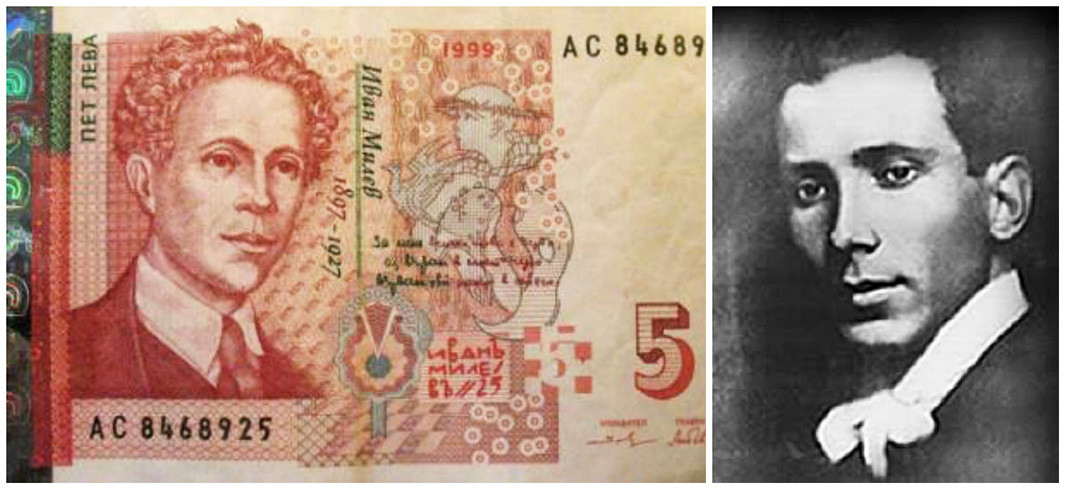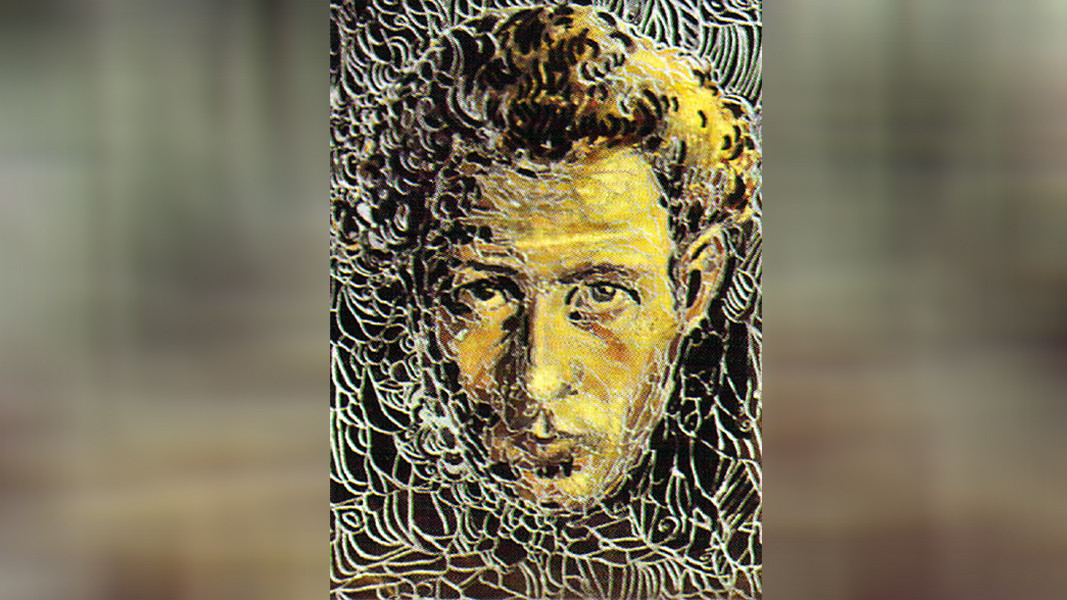For the first time foreign art lovers will have the opportunity to see the works of one of the great Bulgarian artists - Ivan Milev, the director of the Art Gallery in Kazanlak Dr. Plamen Petrov has told Radio Bulgaria. Thanks to the efforts of his team and in cooperation with the Bulgarian Cultural Institute in Rome, from March 17 to April 29, the Bulgaria Gallery in the Italian capital city becomes home to 20 works by Ivan Milev (1897-1927).

“The exhibition is important for preserving our memory and for the presentation of the great Bulgarian artists around the world. Such people give us the opportunity to be proud that we are Bulgarians. Ivan Milev is an iconic artist not only for Bulgarian culture but also for European culture as a whole," head of the Bulgarian Cultural Institute in Rome Jana Yakovleva says.

The exhibition in Rome is dedicated to the 125th anniversary of the birth of the artists, known as one of the founders of the Bulgarian Secession. He was raised in a poor family of a shepherd and a housewife, but Ivan Milev devoted himself to art and that happened during a war. Shortly before graduating from high school in the fall of 1916, he was mobilized as a military artist during World War I. The period of two years at the battlefield had a serious influence on his work, but did not stop him from pursuing his artistic endeavors. Experts define Ivan Milev as one of the great masters of tempera and watercolor technique in Bulgarian fine arts. And they point out his extremely original style, influenced by European trends from the first decades of the 20th century, but deeply connected with folk traditions and icon painting. Experts often see the influence of Gustav Klimt and Wassily Kandinskyin his works.
Unfortunately, the long years of poor and difficult life had a detrimental effect on his health and on January 25, 1927 in Sofia, Ivan Milev suddenly died of influenza - just three weeks before he turned 30. These days the image of the artist is seen on the 5-lev banknote in Bulgaria.

“Ivan Milev was born and raised in Kazanlak and the city's Art Gallery preserves the largest collection of works by the artist, which were donated by his mother and brother after Milev’s death. One of the most emblematic works by Milev – Ahinora is preserved in Kazanlak. For the first time this work leaves the country for a visit to Rome,” Dr. Petrov says.
All works visiting Rome are part of the collection of the Art Gallery in Kazanlak, which is also the proud owner of the largest part of the personal archive of the artist.
“We are talking about his diaries from 1917-1919. We have his poetic experiments and personal correspondence that reveal interesting nuances of the personality of Ivan Milev. The gallery in Kazanlak is to present a large collection of more than 120 works on March 19.”

If someone wonders whether these days we should spend time and energy to see art, Jana Yakovleva has an answer:
“We are living in a very difficult situation. In such moments we need to preserve art and show what we are experiencing through it. The world needs its memory, in order to prevent such bad things from happening.“

English: Alexander Markov
Photos: Bulgarian Culture Institute Rome
A young Bulgarian artist decided to leave this world in the middle of the past century in order to preserve his incorruptibility, even though he was defeated by the system on a purely physical level. Currently, in the gallery of the..
Musical, culinary, folklore events… the event program in Bulgaria is saturated, so much so that experts are already talking about how the alarmingly growing number of new festivals should be limited. "A clear strategy is needed: which existing..
Bulgarian society knows very little about the Bulgarian emigrants to Argentina. The curious story of the path of our compatriots to the South American country and the threads by which they are connected to their ethnic roots thousands..

+359 2 9336 661
